When you're dealing with a GPU that's nearing 5 years of regular use, it might be time to replace the thermal paste. While some GPUs might benefit from more frequent repasting, depending on what they went through, most people can stick to the 4 or 5-year cadence. If you've been experiencing elevated temps on your GPU for a while, and have made up your mind about a repasting job, it might be prudent to consider some alternatives first. Based on your mileage with these fixes, you might not have to disassemble your graphics card at all.
5 Optimize airflow inside the PC
More fresh air for your GPU
Before you default to taking your graphics card apart, it's best to start with optimizing the hardware you already have. The cooling setup on your PC may have some room for improvement, specifically in terms of the air intake and fan configuration. Your GPU temperatures might have been fine with your existing fan setup, but over time, your graphics card might need more assistance staying cool.
You can start by assessing whether your case has enough mesh intake panels. If not, that might be a reason for the subpar thermal performance of your GPU. You could also switch to larger fans to pull in more air to help dissipate the heat from your graphics card. Try to maintain positive air pressure inside your case if you haven't already. You can focus on 2–3 intake fans and 1 exhaust fan to achieve this — move your fans around if you spot some inconsistencies.
While you're at it, clean your case fans to ensure dust isn't preventing them from functioning properly. In the case of insufficient mesh panels, you might have to consider a new case, but try the rest of the stuff before jumping to component replacements.
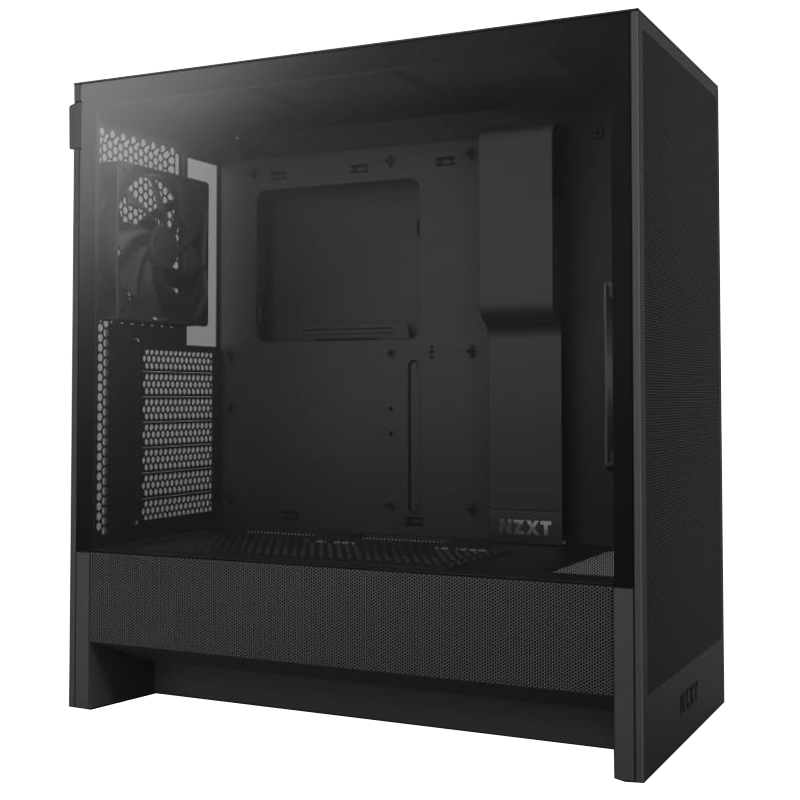
Material SGCC Steel, Tempered Glass
Motherboard Size (Max.) E-ATX
Graphics Card Size (Max.) 410 mm
The NZXT H5 Flow has been refreshed for the 2024 year with some minor revisions. There's a new mesh bottom panel for the PSU and general air intake, and the brand made some subtle changes to the front panel and cable management. It's a solid, affordable PC chassis that's a joy to build a PC inside.
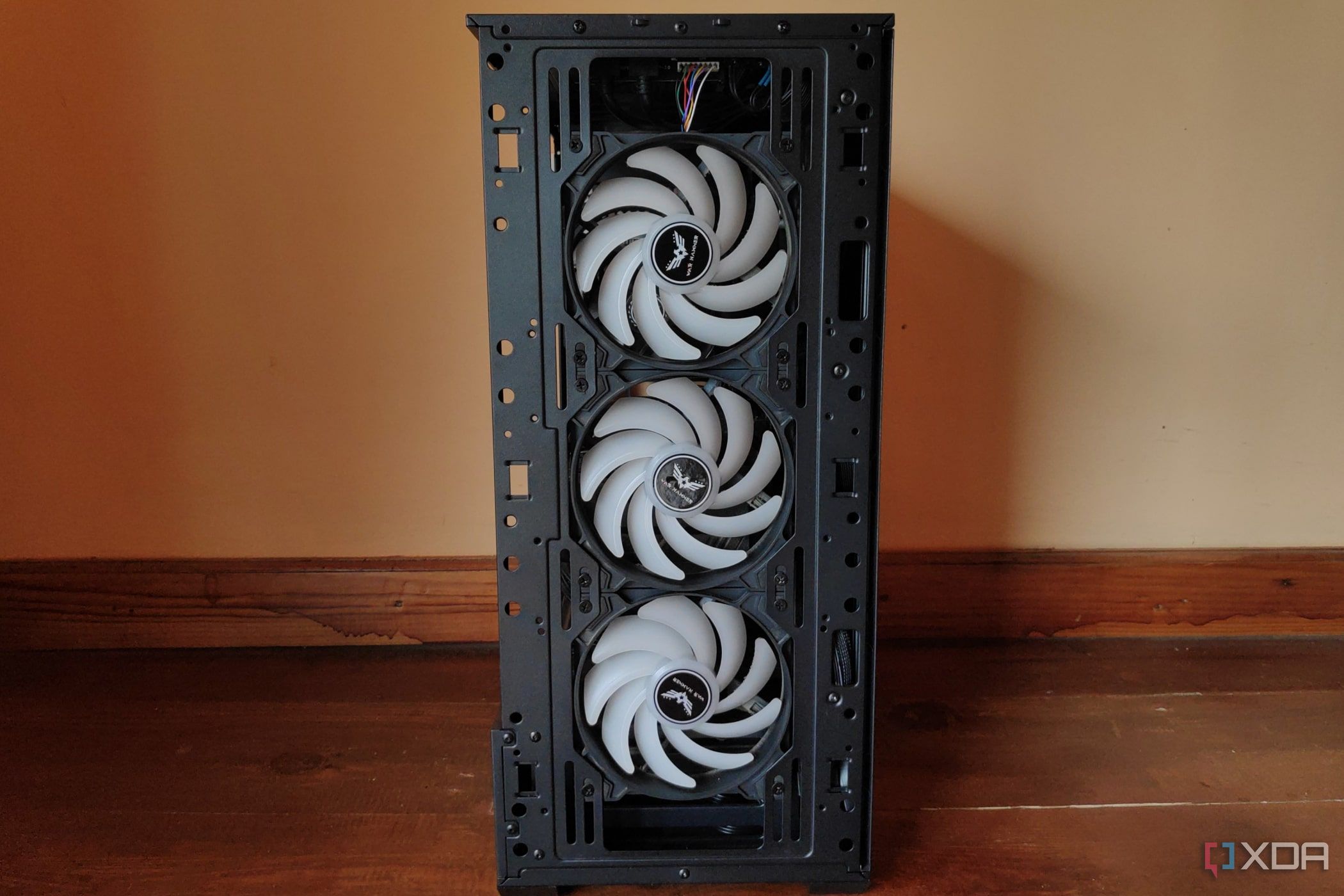
Related
PC airflow guide: How to strategically set up your case fans
You'll need to set up proper airflow inside your PC case for optimal cooling. This guide will show you how.
4 Tune the fan curve
Time to put the fans to work
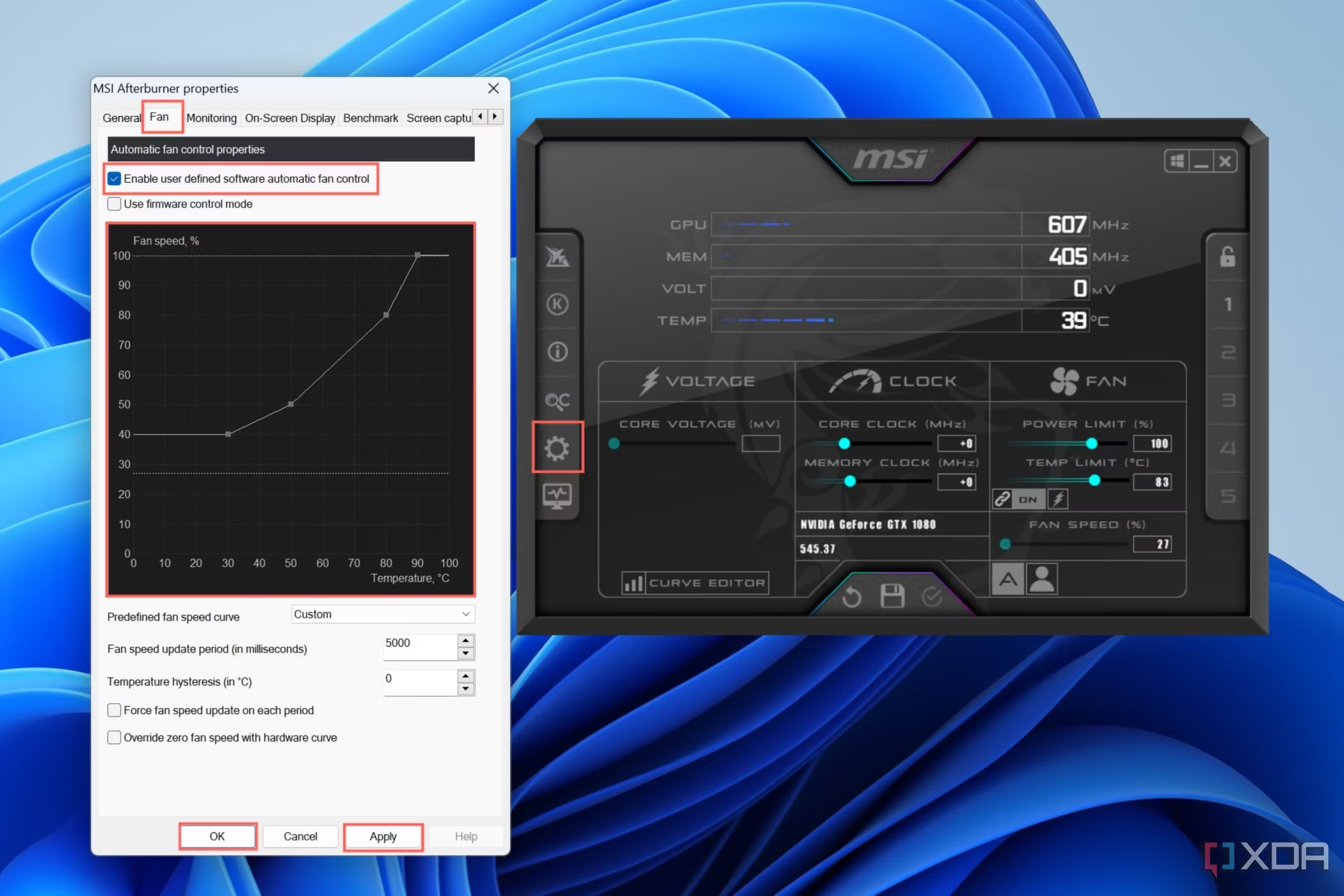
If your fan configuration and air intake are already excellent, you can try adjusting your GPU fan curve to reduce the temperature. The fan curve determines the relationship between the temperature and fan speed for a given component. If your GPU's existing fan curve isn't letting the fans spin fast enough when needed, the temperatures will naturally climb higher than they need to. You can use MSI Afterburner to dial in a better fan curve than the one you're currently using.
MSI Afterburner houses a simple "Fan" tab in the settings that you can use to raise the fan speed at particular temperature values. If you want more control or want to link the GPU fans to some other temperature sensor instead of the one on the GPU, use Fan Control — you can use it to control every single fan on your PC. Monitor the temperature of your GPU after the changes to see if the tuning helped cool the card. If not, you can try the remaining fixes.
3 Undervolt the GPU
Taking out the big guns
GPU undervolting is arguably much more relevant than overclocking these days. Increasing the voltage and frequency of your graphics card doesn't lead to substantial gains anymore; all it does is increase the temperature and power draw. When faced with higher-than-usual GPU temps, you should turn to undervolting — a technique that allows you to maintain the same performance at a lower voltage, and hence, lower power draw and temperature.
Using MSI Afterburner for Nvidia GPUs or AMD Software: Adrenalin Edition for AMD GPUs, you can easily achieve a lower point on the voltage-frequency curve that provides you with lower temps without losing FPS. You not only get a cooler card, but a quieter and longer-lasting one. Even if you aren't suffering from higher GPU temps, you should give undervolting a shot — it's one of the easiest ways to increase the longevity of your hardware without much downside.
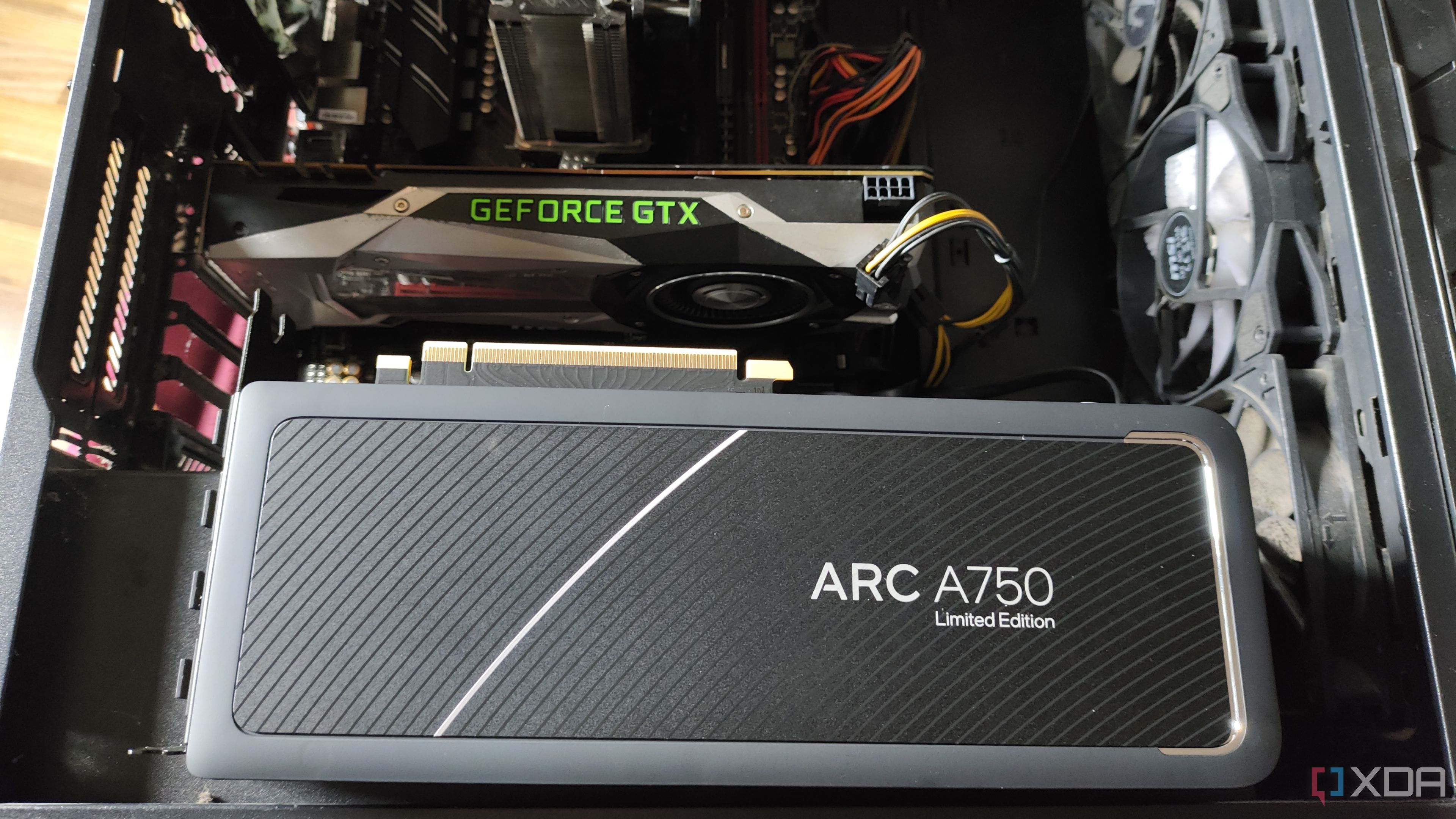
Related
4 reasons you should undervolt your GPU
Undervolting isn't as scary as it sounds and the advantages you can gain from doing so are well worth it
2 Try slightly lower in-game settings
The last resort
When you've tried fixing your airflow, changing the fan curve, and undervolting the GPU, and the temps haven't improved, you need to consider compromising on your gaming experience. If the games you're playing are too great a challenge for your aging graphics card, you might be left with no choice but to reduce the in-game settings to reduce the load on your GPU. This can look like disabling ray tracing, dropping to a more aggressive upscaling preset, and turning down the most demanding settings.
Often, switching from Ultra settings to a mix of High and Medium settings doesn't noticeably affect the visual quality, but it is far easier on your GPU. Not only do you improve your FPS, but you also reduce the operating temps of your graphics card. Besides, if you're playing multiplayer games most of the time, you probably don't need the highest in-game settings anyway. Lowering them to more manageable levels for your GPU can be a quick fix for your thermal woes.
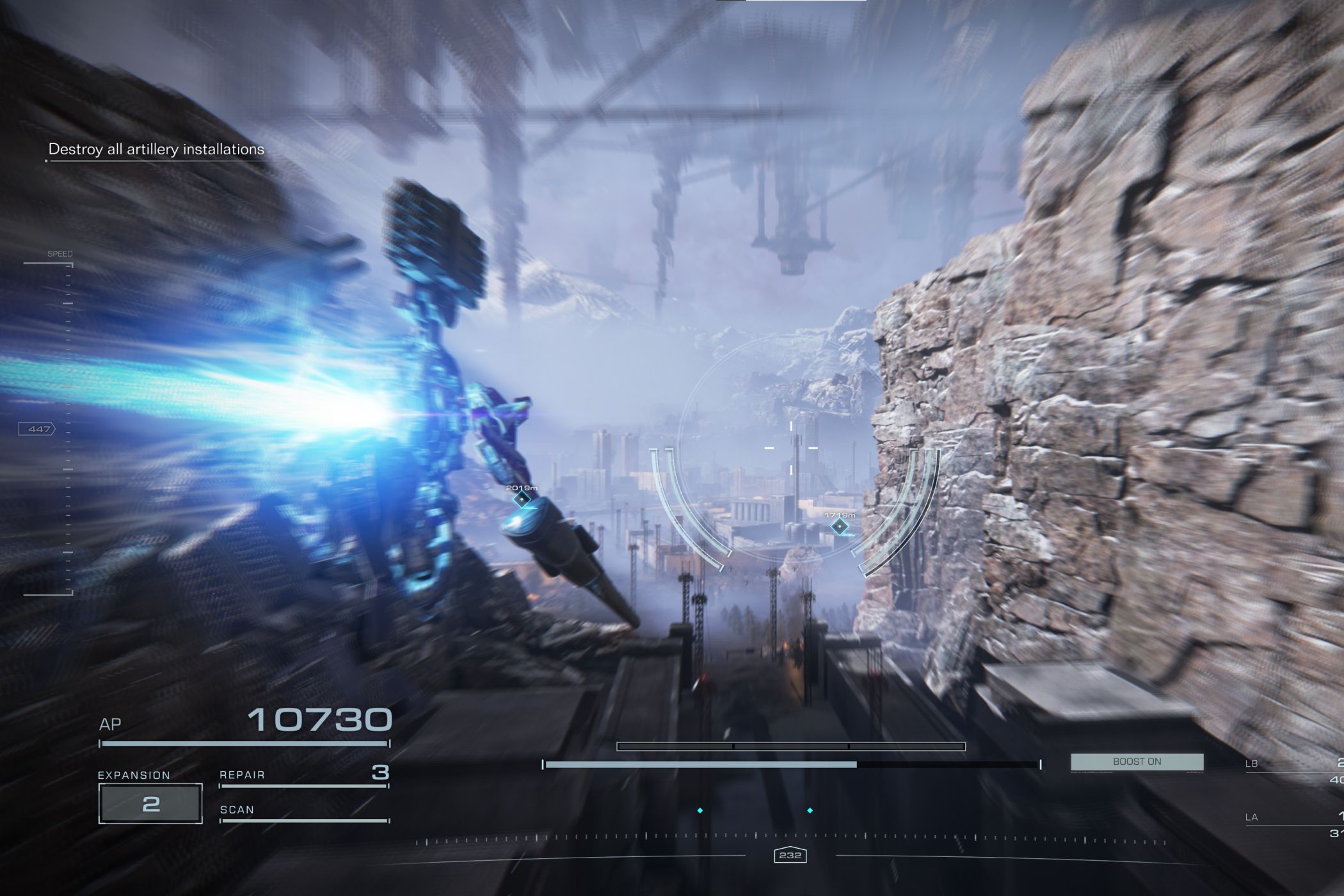
Related
5 useless settings I always disable in games
Here's a collection of in-game options and settings that I always turn off to avoid degrading my visual experience.
1 Give your card a much-needed cleaning
Getting your hands dirty
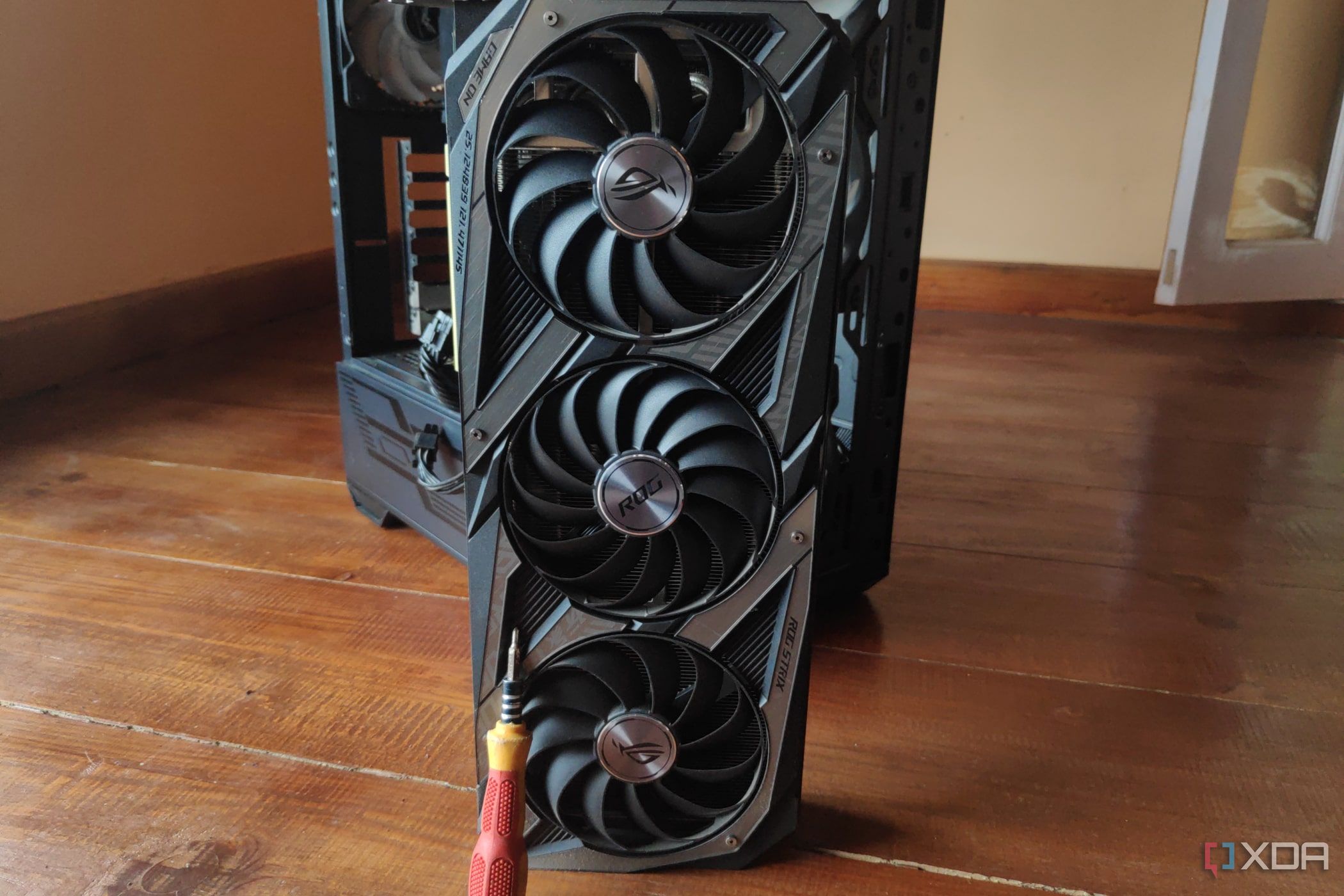
If nothing else works, you might have to consider opening your graphics card up to give it a decent cleaning. Older graphics cards can often be clogged by dust, which can easily affect the performance of the GPU fans, thereby leading to higher temperatures. Disassembling a graphics card can feel intimidating if you haven't done it before, but it's fairly straightforward on most models. Refer to a few tutorials before you take a screwdriver to your beloved card.
Cleaning a graphics card involves removing the dust from the heatsink, fans, and the PCB. The tougher deposits will need isopropyl alcohol (IPA), but you can find it easily in a department store or order a bottle online. And considering you've already taken the card apart, it might be a good idea to replace the thermal paste anyway, especially if it's been 3 to 5 years since you did it. Once you're done, put everything back together, and check whether your effort bore fruit.
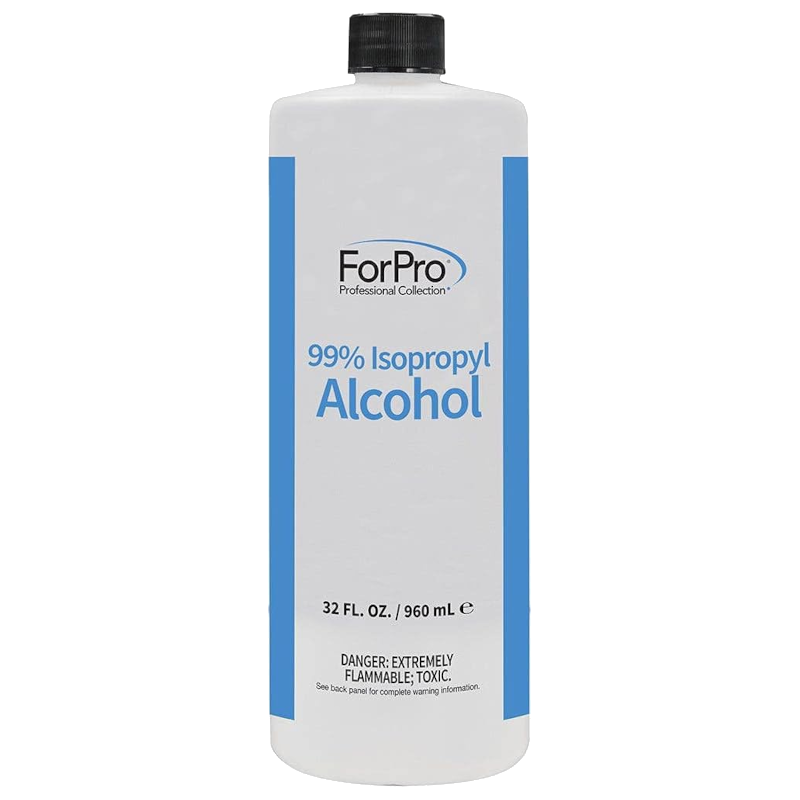
99% isopropyl alcohol is a great addition to the home or office. Not only can it be used for cleaning surfaces, but it's a great way to keep your PC and all accessories dirt-free, too.
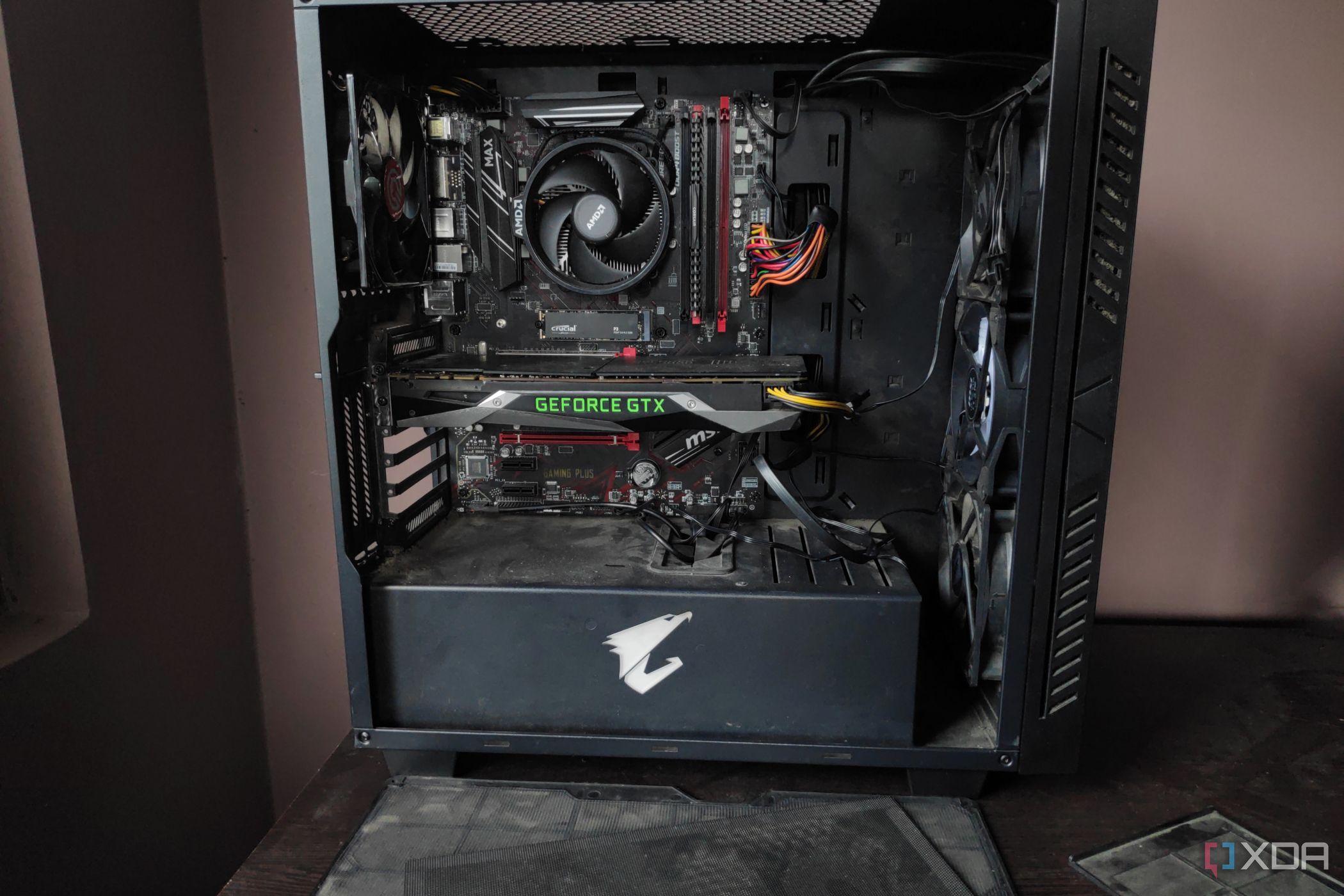
Related
How to clean the dust out of your PC tower
Dust buildup is bad for your system, so you should regularly clean your PC tower to keep it free of dirt and grime
There might be easier solutions than repasting your GPU
Higher GPU temps are common on aging graphics cards. Whether it's the less efficient architecture, wear and tear, or the challenge of running modern titles, elevated temps can get on your nerves. However, before you decide to replace the thermal paste on your graphics card, try some of the other fixes that don't require opening up the GPU. Optimizing your PC's airflow, re-tuning the GPU fan curve, undervolting, and lowering in-game settings can work in a lot of cases. If not, you can disassemble your GPU, clean it thoroughly, and replace the thermal paste.
.png)
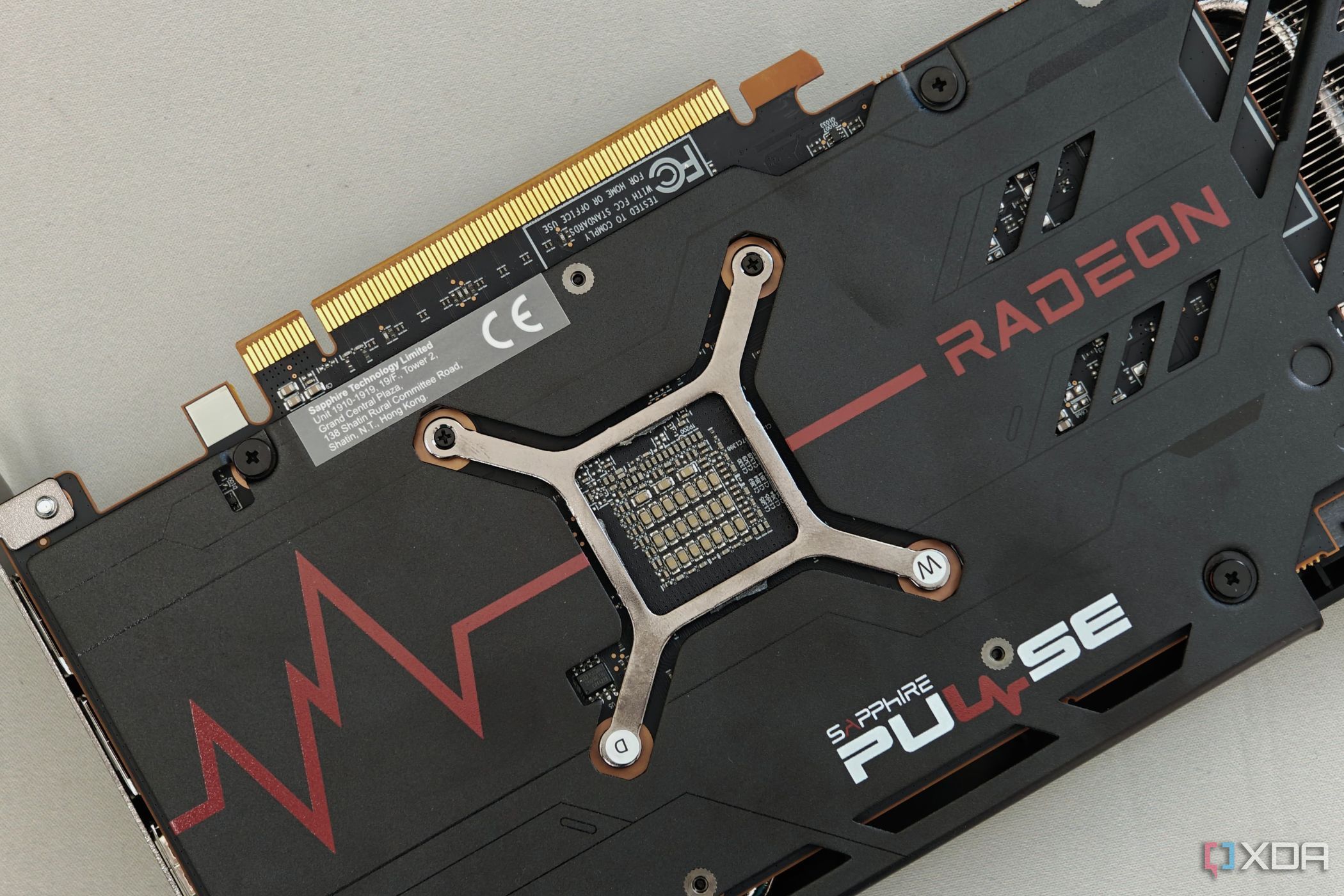
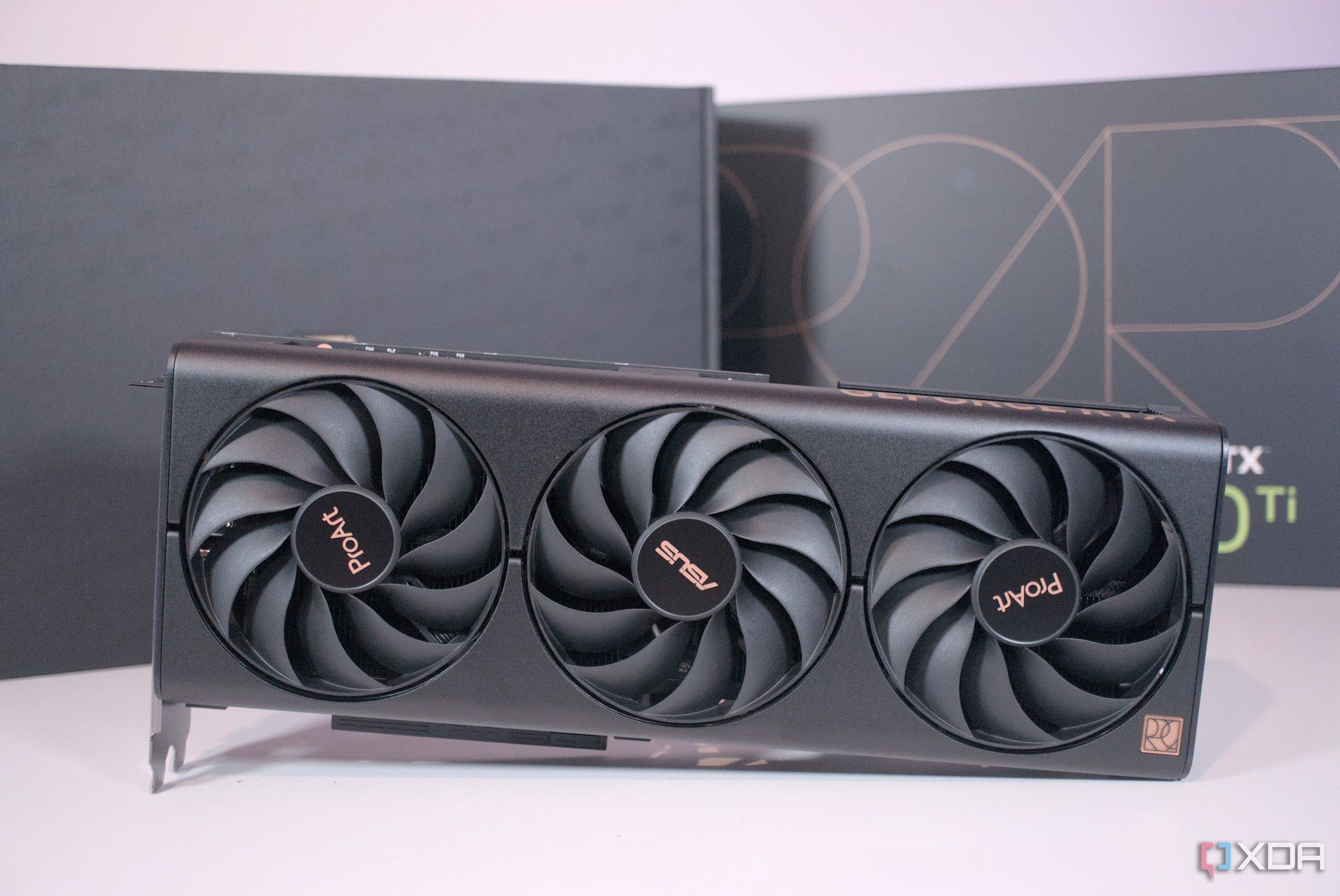

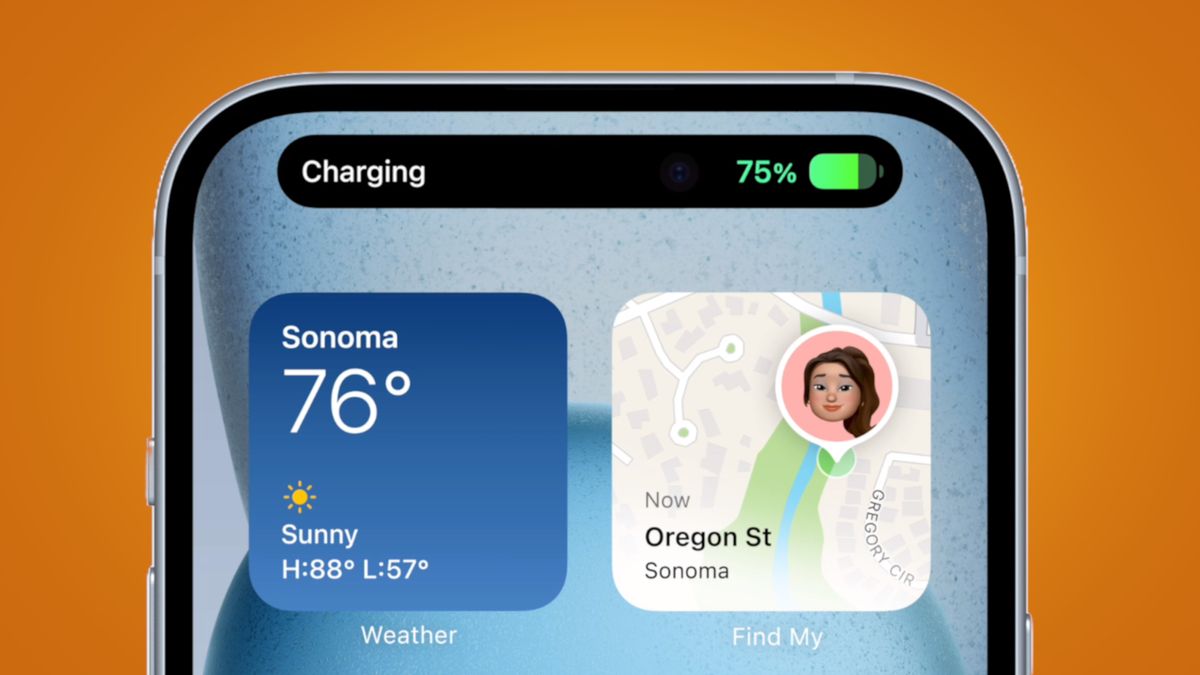








 English (US) ·
English (US) ·